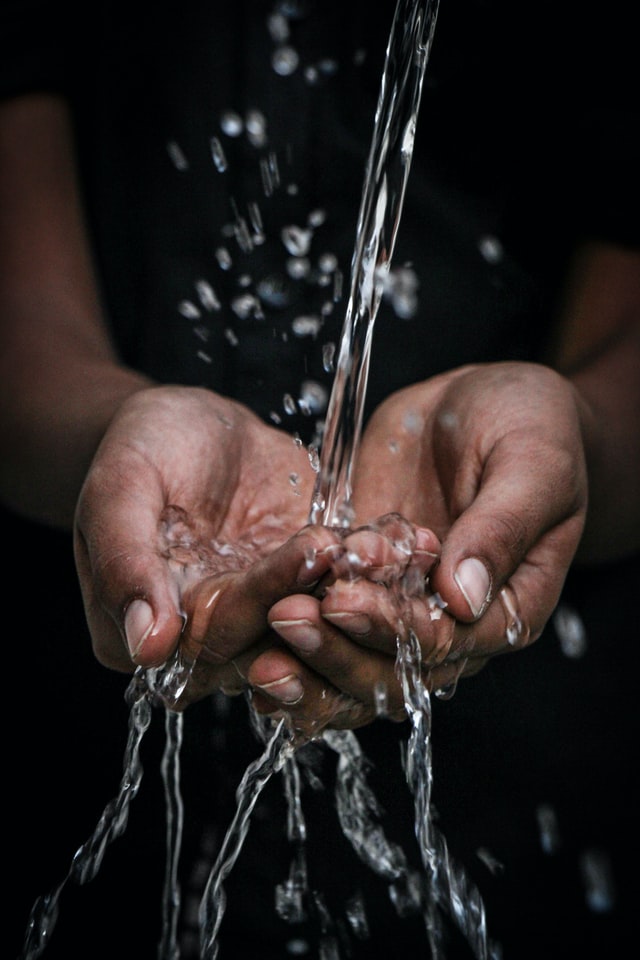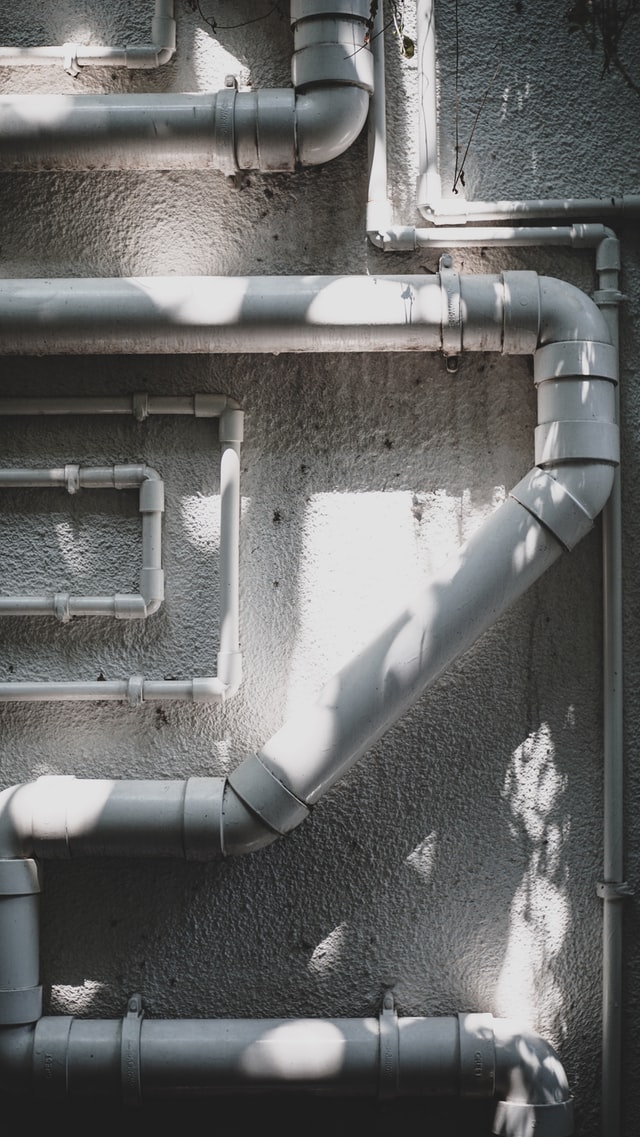What Is
Backflow?

What Is Backflow?
Backflow is when a cross-connected water system flows back into a home’s, or a community’s, drinking water system. Backflow prevention has become an increasing concern during this century, largely stemming from a 2001 USEPA report in which the Center for Disease Control CDC documented 57 waterborne disease outbreaks (9,734 illnesses) related to cross-connections over a nine-year period.
Backflow pollutants in the study included chemical and heavy metal contamination, as well as waterborne diseases such as typhoid fever, gastroenteritis (salmonellosis) and septicemia. Accordingly, most state and major public water suppliers across the nation are taking steps to ensure the safety of water supplies through backflow prevention, and certified inspections of backflow devices, beginning with the commercial and industrial uses most likely to create a community wide public health concern.
Backflow & You: Do I need Backflow Inspection?
Pursuant to Colorado law, Denver Water, which supplies water to almost all of our service area, is now surveying all non-single-family water uses that may be subject to annual backflow prevention inspections. These include all commercial, industrial, irrigation and fire line services (including multi-family residential), most of which will now require annual backflow inspections.
Denver Water will send out a testing reminder notice 30 days before the annual test is due. Most of these users have already received notification of backflow and testing requirements. Single-family residences will soon be included in testing requirements. Failure to comply with Denver Water’s certified backflow inspection will result in a suspension of service, meaning the company or home will have no water.


Common Backflow Problems & Solutions
The most common failure of most backflow prevention devices is debris that causes seal damage to the backflow preventer. A certified backflow inspector will know how to properly flush out the lines to prevent continued damage to the backflow device, most of which can last decades with proper maintenance.
Excessive water pressure and water quality can also cause a backflow preventer to deteriorate. A pressure regulator can be installed for excessive pressure, or a strainer for water quality, to avoid continual repair, or replacement, of backflow preventers.